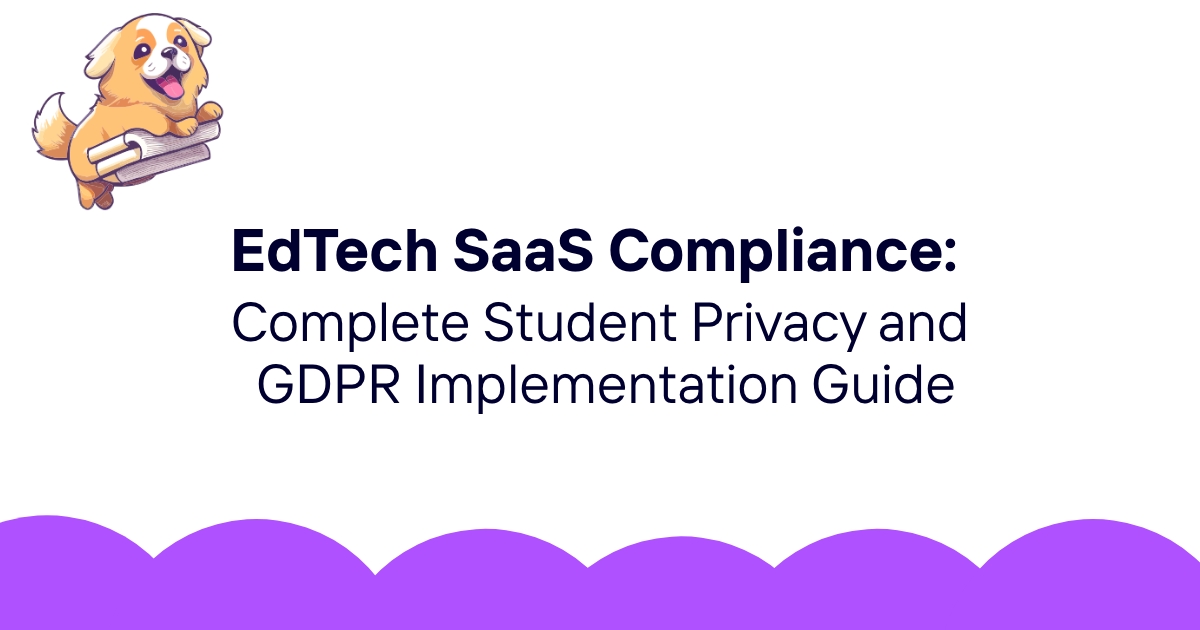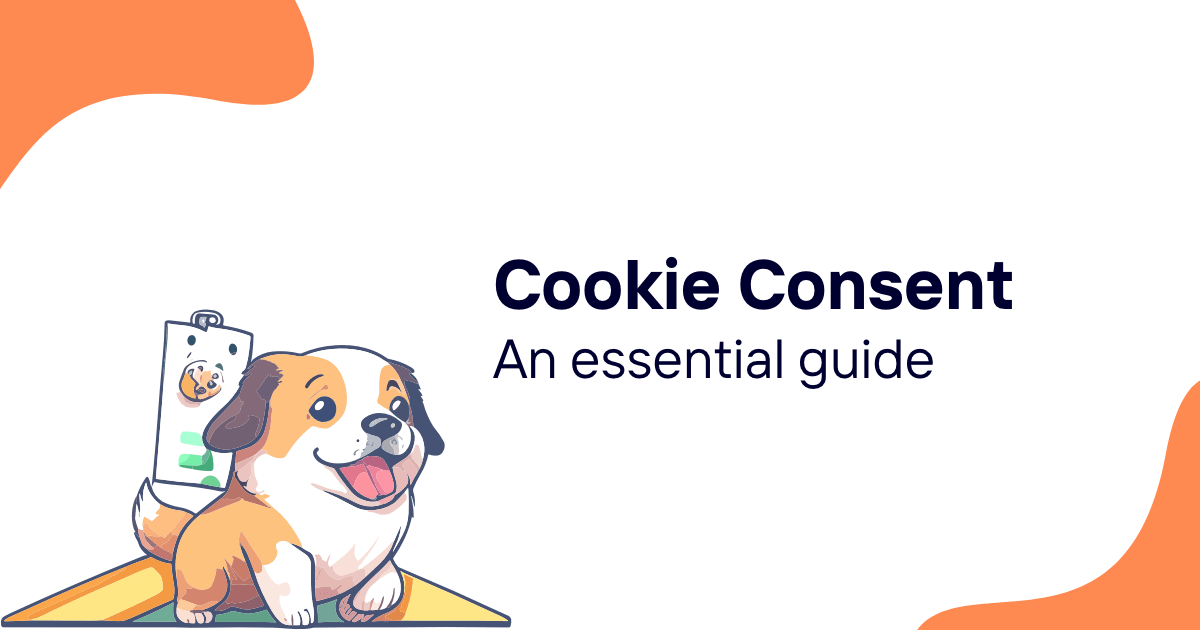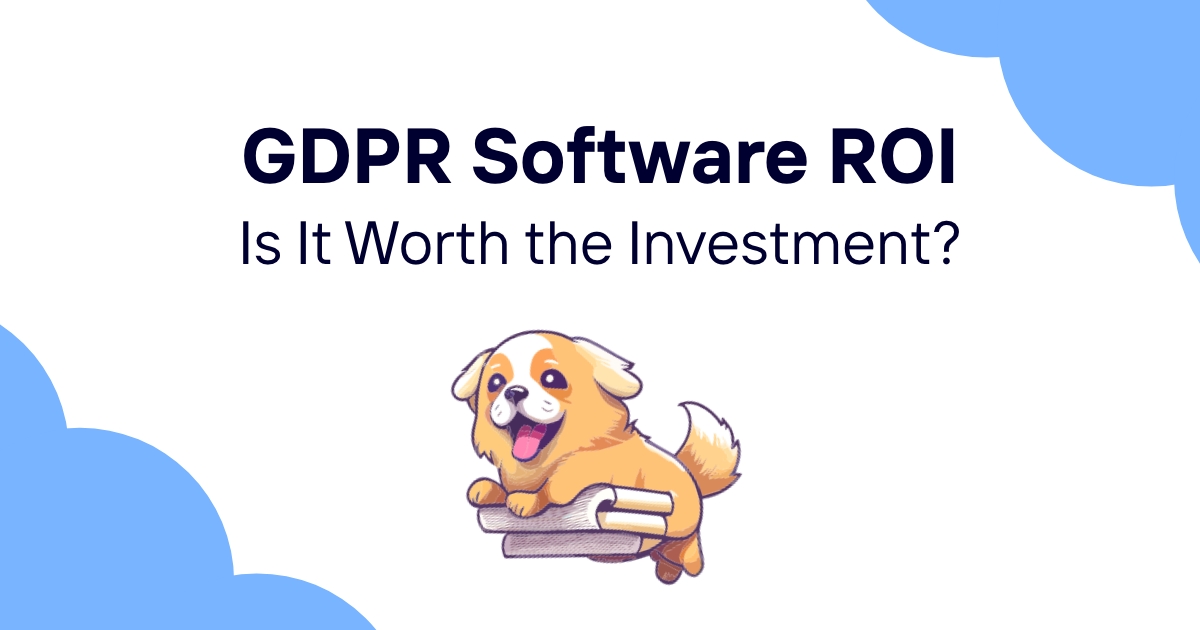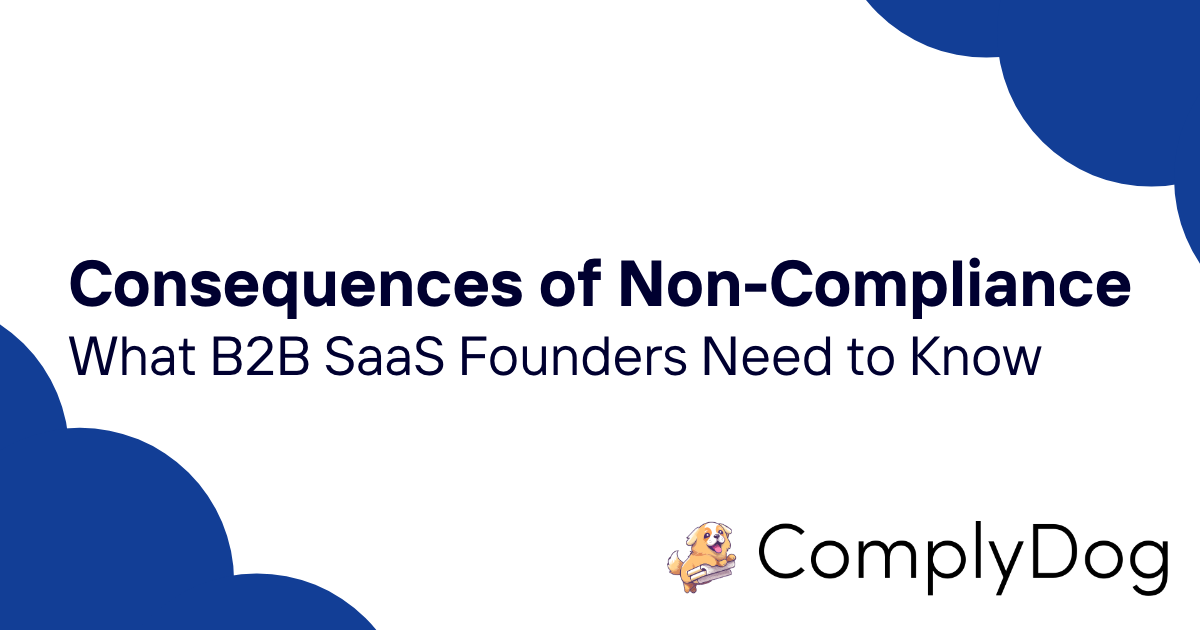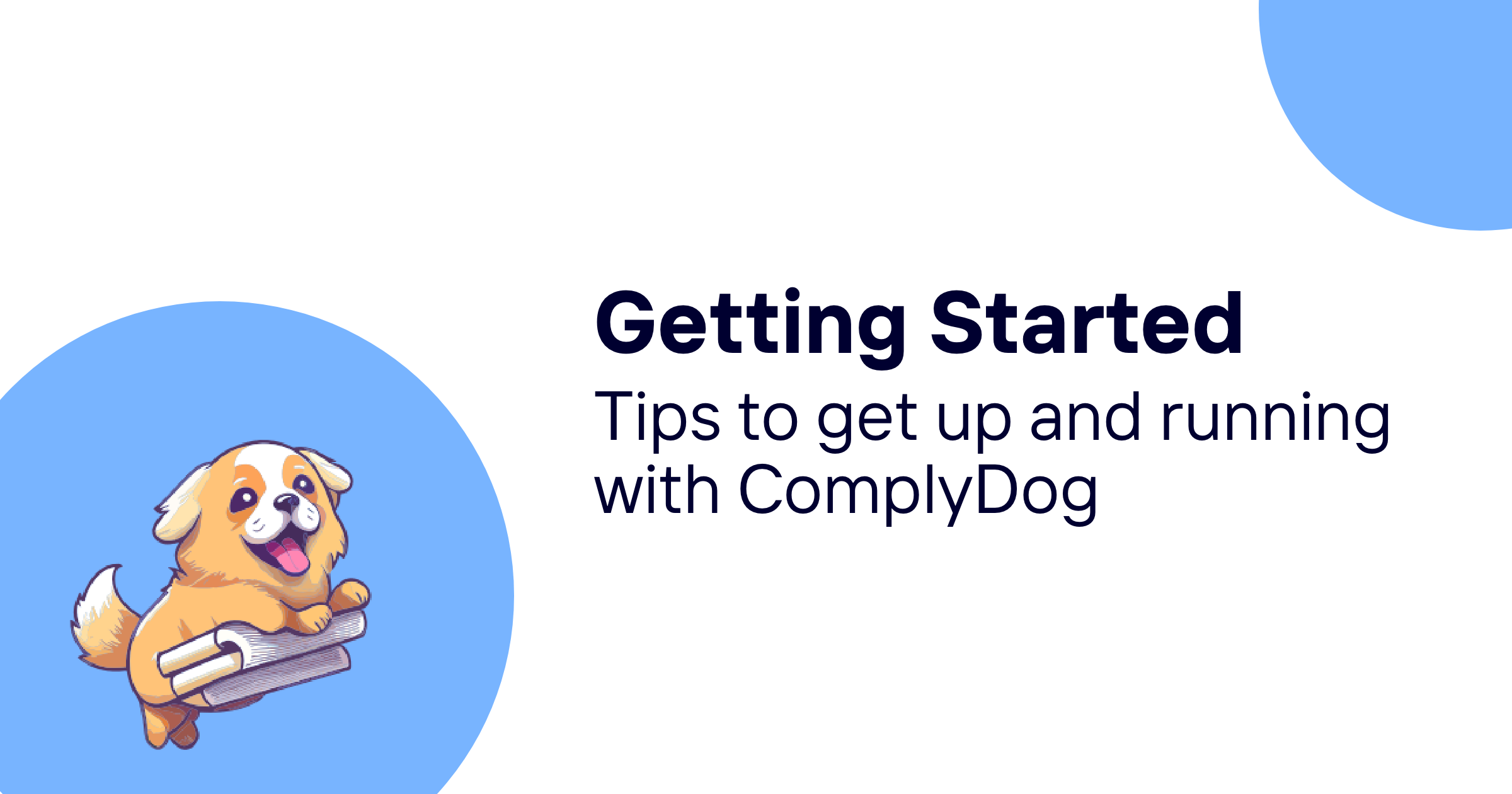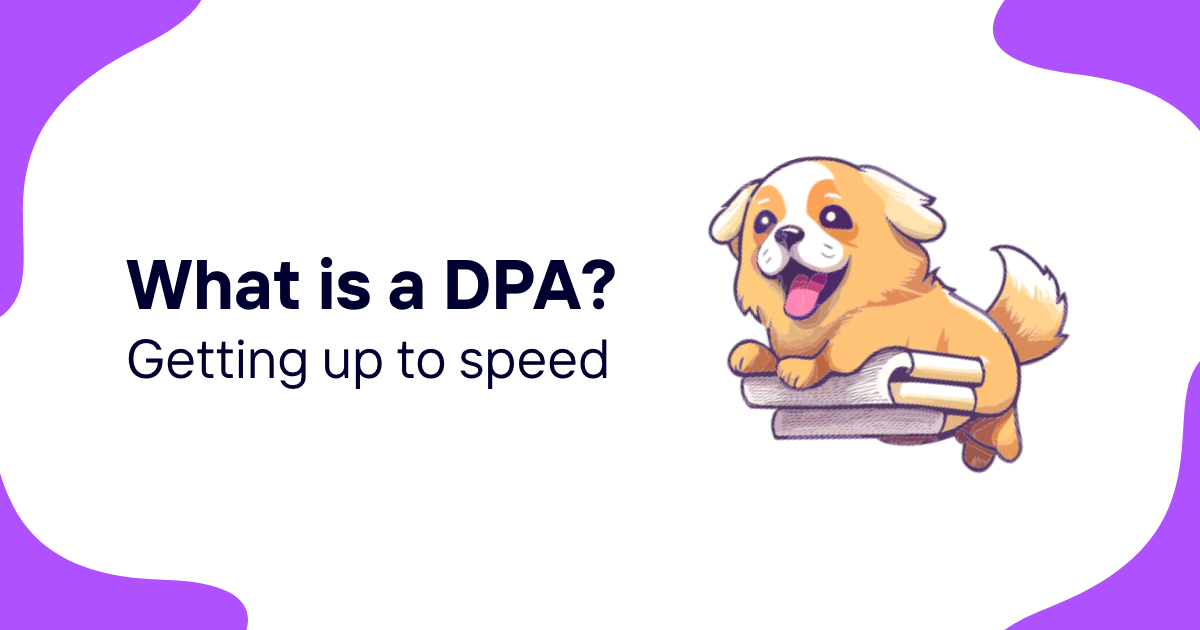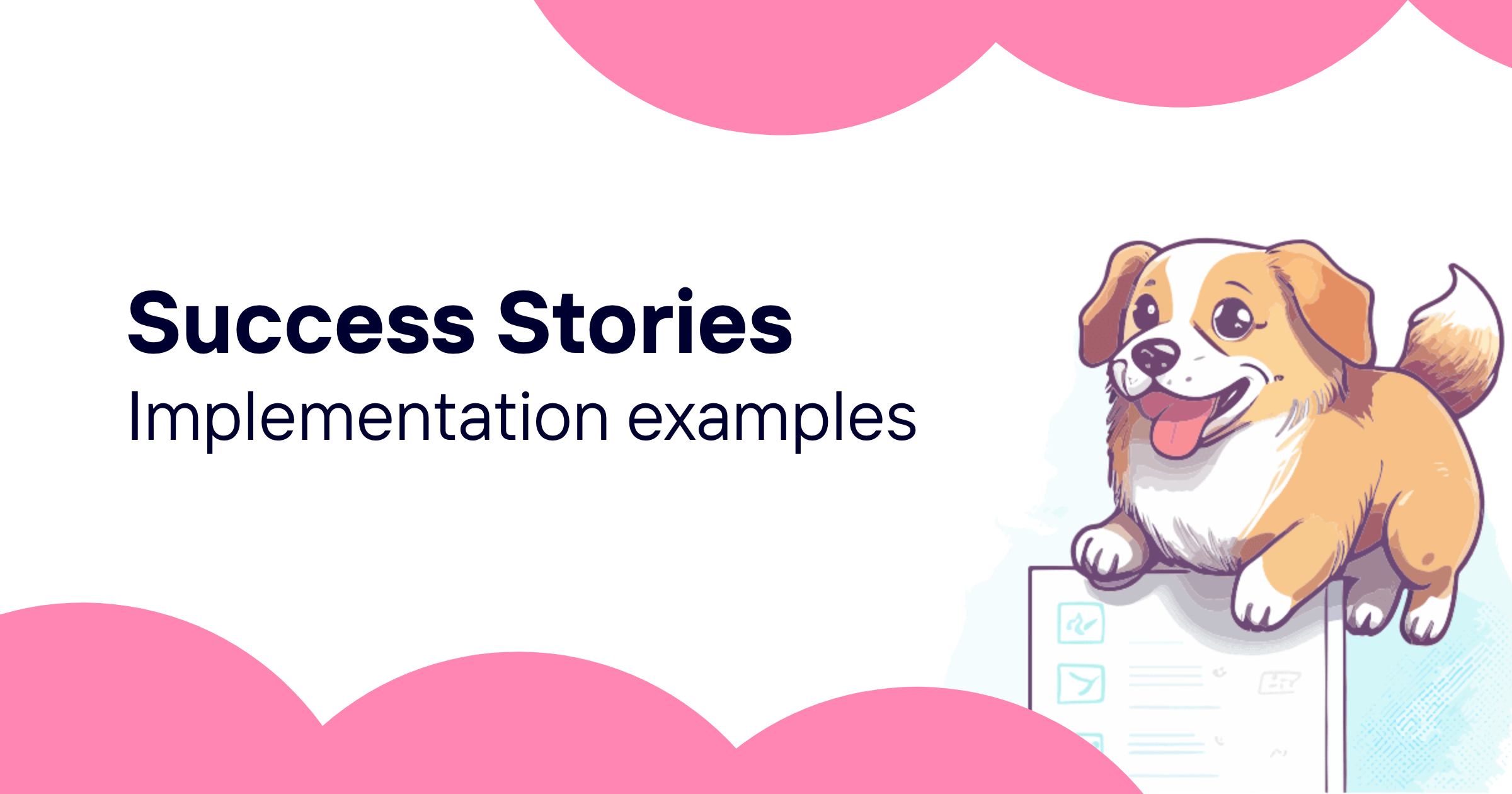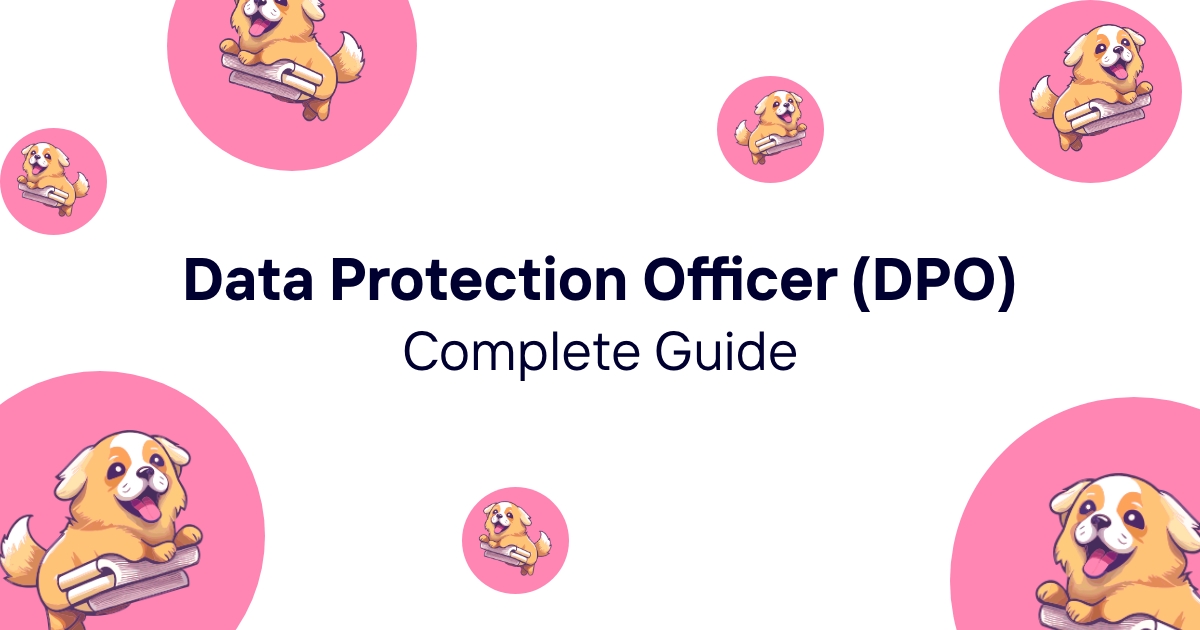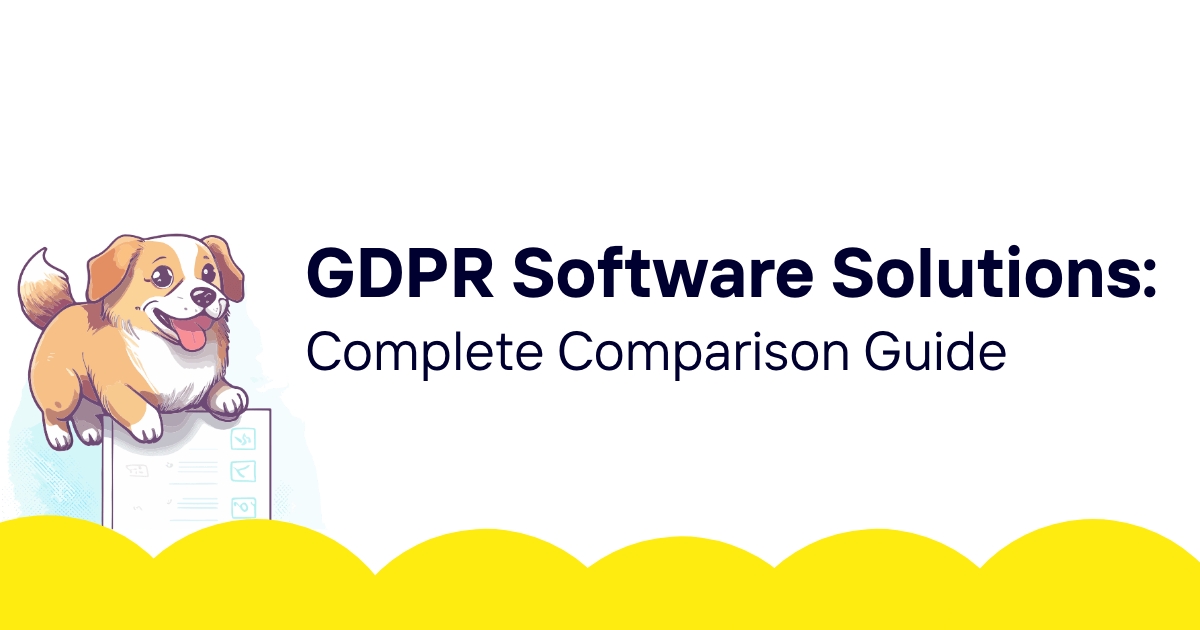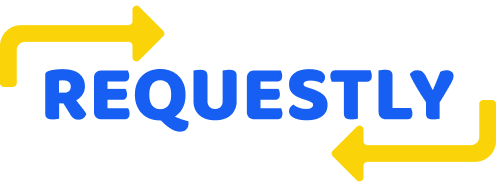EdTech SaaS platforms handle some of the most sensitive personal data imaginable - children's educational records, behavioral patterns, and developmental information. Get student privacy wrong, and you're not just facing regulatory fines. You're risking the trust of schools, parents, and the students whose futures depend on safe learning environments.
Student data protection goes far beyond standard privacy compliance. Children can't give meaningful consent. Educational records have special protection under laws like FERPA. Learning analytics reveal intimate details about cognitive development and academic struggles. Every feature you build touches data that deserves extraordinary protection.
The regulatory landscape combines general privacy laws like GDPR with education-specific requirements that vary by country and region. US platforms deal with FERPA and state student privacy laws. European platforms navigate GDPR's heightened protections for children. International platforms must comply with multiple frameworks simultaneously.
Building compliant EdTech isn't just about avoiding penalties - it's about creating learning environments where students can explore, fail, and grow without fear that their data will be misused. Companies like ComplyDog help EdTech SaaS platforms demonstrate their commitment to student privacy through transparent compliance portals that build trust with schools and parents.
Educational SaaS Data Protection Landscape
EdTech operates in a complex regulatory environment where general privacy laws intersect with education-specific requirements. Understanding this landscape helps platform builders make informed decisions about data collection, processing, and protection.
Core Regulations Affecting EdTech SaaS:
- FERPA - US Family Educational Rights and Privacy Act protecting student educational records
- GDPR - European regulation with specific provisions for children's data processing
- COPPA - US Children's Online Privacy Protection Act for platforms serving children under 13
- State student privacy laws - Varying requirements across US states for educational technology
- Local education privacy regulations - Country-specific laws in international markets
The challenge isn't just understanding individual regulations - it's navigating their interactions. GDPR requires explicit consent for children's data, while FERPA allows schools to share records with service providers under specific conditions. Your platform needs to satisfy both when serving international schools.
Age-Related Compliance Complexity:
Children's privacy protection varies significantly by age and jurisdiction. GDPR sets the digital consent age between 13-16 depending on the member state. COPPA applies to children under 13 in the US. Some platforms serve students from kindergarten through university, requiring different privacy approaches for different age groups.
Design your platform architecture to handle multiple age-based compliance requirements. A kindergarten math app needs different privacy protections than a university research platform, even if they share underlying technology.
Educational vs Commercial Context:
Educational use of student data receives different treatment under privacy laws than commercial use. Schools can often share data with service providers for educational purposes that wouldn't be permitted in commercial contexts.
However, this doesn't give EdTech platforms carte blanche to use student data. Educational purpose limitations are strict, and any secondary use typically requires additional consent and safeguards.
Institutional vs Individual Rights:
Educational privacy laws create complex relationships between institutional rights (schools and districts) and individual rights (students and parents). Schools may have authority to make privacy decisions on behalf of students, but parents retain certain rights that can override institutional choices.
Your platform needs clear policies and technical capabilities to handle conflicts between institutional and individual privacy preferences. What happens when a parent wants their child's data deleted but the school needs it for educational records?
Student Data Rights in Learning Management Systems
Learning management systems collect comprehensive data about student behavior, performance, and engagement. Managing student data rights in these environments requires understanding both technical capabilities and legal obligations.
Types of Student Data in LMS Platforms:
- Educational records - Grades, assignments, test scores, transcripts, disciplinary records
- Behavioral data - Login patterns, time spent on activities, click streams, engagement metrics
- Assessment data - Quiz responses, essay submissions, peer evaluations, rubric scores
- Communication data - Discussion posts, messages, collaboration activities
- Accessibility data - Accommodation usage, assistive technology interactions, support needs
Each data type requires different handling under privacy laws. Educational records might be protected under FERPA, while behavioral analytics could require GDPR consent. Assessment data might need special protection for students with disabilities.
Student Access Rights Implementation:
Students and parents have rights to access educational records, but implementation varies by jurisdiction and age. Younger students typically exercise rights through parents, while older students gain direct access rights.
Build flexible access systems that can accommodate different rights holders based on student age, local laws, and institutional policies. Some platforms provide separate portals for students and parents with age-appropriate interfaces and information.
Data Correction and Amendment:
Educational records accuracy is crucial for student success. Students and parents need mechanisms to request corrections to inaccurate information, but schools often retain authority over educational judgments like grades.
Design correction workflows that distinguish between factual errors (name spelling, date mistakes) and educational judgments (grade disputes, assessment scores). Clear policies help prevent rights processes from becoming academic appeals mechanisms.
Data Portability in Educational Contexts:
Student data portability serves different purposes than commercial portability. Students changing schools need their educational records transferred. Graduates might want their learning portfolios for job applications. Parents might want assessment data for special education advocacy.
Create portability features that serve educational needs rather than just meeting technical compliance requirements. Standard formats like QTI for assessments or LTI for learning tools help ensure portability actually works across different platforms.
Check out our ecommerce SaaS compliance guide for insights on handling customer data rights in multi-stakeholder environments.
FERPA and GDPR Compliance for EdTech SaaS
FERPA and GDPR create overlapping but distinct requirements for EdTech platforms serving international markets. Understanding where these regulations align and conflict helps build compliant systems that work across jurisdictions.
Educational Records vs Personal Data:
FERPA protects "educational records" - information directly related to a student and maintained by an educational institution. GDPR protects "personal data" - any information relating to an identified or identifiable person.
The definitions overlap significantly but aren't identical. Student behavioral analytics might be personal data under GDPR but not educational records under FERPA. Your classification affects which rights and protections apply.
Consent Requirements Differences:
FERPA generally allows schools to share educational records with service providers without individual consent, provided the service provider acts as a "school official" with legitimate educational interests.
GDPR requires explicit consent for children's data processing in most cases, though public task and legitimate interests might apply for some educational activities. When both apply, GDPR's consent requirements typically take precedence.
Directory Information Complications:
FERPA allows schools to disclose "directory information" like names and photos without consent unless parents opt out. GDPR treats this information as personal data requiring explicit consent for processing.
Design your platform to handle different disclosure rules for the same data depending on jurisdiction. A student photo might be freely usable under FERPA but require specific consent under GDPR.
Breach Notification Differences:
FERPA requires notification to the Department of Education for certain breaches, while GDPR mandates notification to supervisory authorities within 72 hours. The definition of "breach" and notification requirements differ between the regulations.
Build incident response procedures that satisfy both frameworks. GDPR's aggressive timelines often drive the response schedule, but FERPA's specific requirements need separate attention.
Educational SaaS Consent Management for Minors
Managing consent for children's data in educational settings presents unique challenges. Children can't give legal consent, but their engagement with learning platforms requires some form of permission structure.
Age of Consent Variations:
GDPR allows member states to set digital consent ages between 13-16. COPPA applies to children under 13 in the US. Some platforms serve students across multiple age thresholds, requiring different consent mechanisms for different users.
Implement age verification and consent routing systems that apply appropriate rules based on student age and location. A 12-year-old German student needs different consent handling than a 15-year-old American student on the same platform.
Parental Consent Mechanisms:
When parental consent is required, design mechanisms that are practical for educational environments. Schools can't manage individual consent processes for hundreds of students and dozens of learning tools.
Consider bulk consent processes where schools obtain parental permission for categories of educational technology, with opt-out mechanisms for parents who don't want their children using specific tools.
Institutional Authority vs Parental Rights:
Schools often have legal authority to make educational decisions, including technology choices, on behalf of students. However, parents retain certain privacy rights that can override institutional decisions.
Build systems that respect both institutional authority and parental rights. Schools might select learning platforms, but parents should retain control over optional features like behavioral analytics or personalized advertising.
Consent Documentation and Records:
Maintain detailed records of consent decisions, including who provided consent, what they consented to, and when consent was given. Educational consent often involves multiple parties (schools, parents, students) with different authority levels.
Your consent records should clearly identify the legal basis for each processing activity and demonstrate compliance with applicable age and jurisdiction requirements.
Learning Analytics and Privacy Compliance
Learning analytics platforms collect detailed behavioral data to improve educational outcomes. However, this data reveals intimate details about student learning patterns, struggles, and capabilities that require careful privacy protection.
Analytics Data Classification:
Learning analytics generates multiple data types with different privacy implications:
- Performance analytics - Grade trends, completion rates, time-to-mastery metrics
- Behavioral analytics - Login patterns, engagement metrics, help-seeking behavior
- Predictive analytics - Risk scores, dropout predictions, intervention recommendations
- Social analytics - Collaboration patterns, peer interaction data, communication analysis
Each category requires different privacy protections and consent mechanisms. Performance data might be considered educational records, while behavioral patterns could be personal data requiring explicit consent.
Automated Decision-Making Protections:
GDPR provides specific rights regarding automated decision-making that significantly affects individuals. Educational analytics often produces automated recommendations about student placement, intervention needs, or academic risk.
Implement human oversight mechanisms for automated educational decisions. Students and parents should understand how analytics influence educational recommendations and have opportunities to challenge or override automated decisions.
Learning Analytics Transparency:
Students and parents need to understand what analytics are being collected, how they're used, and what decisions they influence. Complex machine learning models make this transparency challenging but not impossible.
Create accessible explanations of your analytics systems that focus on educational outcomes rather than technical implementation. Parents care more about how analytics help their children learn than about algorithmic details.
Data Minimization in Analytics:
Learning analytics platforms often collect comprehensive behavioral data "just in case" it proves useful. GDPR's data minimization principle requires collecting only data necessary for specific purposes.
Design analytics collection based on specific educational outcomes you're trying to achieve. Avoid comprehensive tracking that might reveal useful patterns but lacks clear educational justification.
EdTech SaaS Vendor Data Processing Agreements
Educational institutions require comprehensive data processing agreements that address both educational privacy laws and general data protection requirements. These agreements must balance institutional needs with vendor capabilities.
Educational Purpose Limitations:
Data processing agreements with schools must clearly define educational purposes and prohibit other uses. "Educational purposes" isn't self-defining - agreements should specify exactly what activities are covered.
Avoid broad language about "improving services" that could justify any data use. Instead, specify particular educational outcomes like "providing personalized learning recommendations" or "generating progress reports for teachers."
Student Data Ownership and Control:
Educational data processing agreements should clearly address data ownership and control rights. Schools typically retain ownership of student data, while vendors process it as service providers.
Define what happens to student data when agreements terminate. Schools generally expect to retain their data and have it deleted from vendor systems according to specified timelines.
Subprocessor Management:
EdTech platforms often use cloud infrastructure, analytics services, and other subprocessors that access student data. Educational agreements should address subprocessor management and approval processes.
Maintain current lists of subprocessors and their data access levels. Some schools require approval for new subprocessors, while others accept notification-based approaches with opt-out rights.
Compliance Monitoring and Reporting:
Educational institutions increasingly require ongoing compliance monitoring and regular reporting from EdTech vendors. Your agreements should specify reporting requirements and compliance verification procedures.
Consider providing compliance dashboards that give schools real-time visibility into your data protection practices. Transparency builds trust and reduces the administrative burden of compliance reporting.
Educational Platform Compliance Implementation
Implementing comprehensive privacy compliance for educational platforms requires coordinating technical controls, policy development, and operational procedures across complex institutional relationships.
Privacy by Design Implementation:
Build privacy protections into your platform architecture from the beginning rather than adding them as afterthoughts. Privacy by design is particularly important for educational platforms that handle sensitive student data.
Consider data minimization in your product design. Features that seem educationally valuable might create unnecessary privacy risks. Balance educational benefits against privacy costs for each data collection and processing activity.
Multi-Stakeholder Privacy Controls:
Educational platforms often serve multiple stakeholders (students, teachers, parents, administrators) with different privacy needs and authority levels. Design controls that accommodate these different perspectives.
Implement role-based privacy settings that respect institutional hierarchies while preserving individual rights. A teacher might control classroom data sharing, while parents retain authority over their child's participation in optional analytics.
Compliance Documentation Management:
Educational compliance requires extensive documentation that must be organized, accessible, and regularly updated. Poor documentation management can turn routine compliance activities into time-consuming manual searches.
Maintain centralized documentation that addresses common educational compliance questions. Include privacy policies, data processing agreements, consent records, and security assessments in easily accessible formats.
Training and Awareness Programs:
Educational privacy compliance requires ongoing training for staff who handle student data. Training should address both legal requirements and practical implementation in educational contexts.
Develop role-specific training that addresses the privacy responsibilities of different team members. Developers need different privacy knowledge than customer success teams, but everyone needs basic awareness of student privacy principles.
Incident Response for Educational Data:
Student data breaches require specialized incident response procedures that address educational stakeholders and regulatory requirements. Response plans should account for school notification requirements, parent communication needs, and student support services.
Practice your incident response procedures regularly with realistic scenarios. Educational data breaches often involve multiple institutions and complex stakeholder communication requirements that benefit from advance planning.
Ready to build trust with schools and parents? Use ComplyDog and demonstrate your commitment to student privacy with a comprehensive compliance portal that addresses educational privacy requirements and builds confidence in your EdTech platform.
